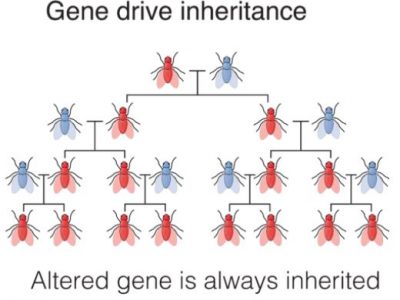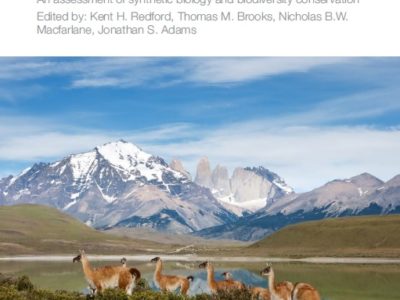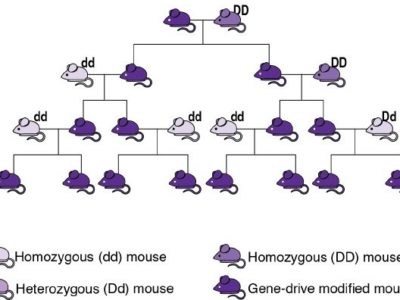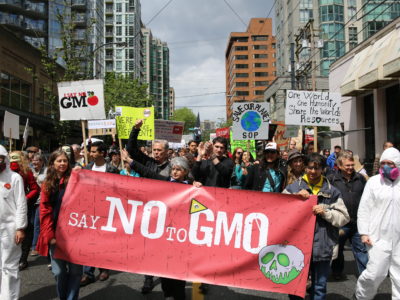Biotechnology
Gene Drives, Biodiversity Conservation, International Law, and Emerging Politics
My latest article is published by Global Environmental Politics
A set of new biotechnologies are being developed that will force many of us, especially those concerned about biodiversity loss, to re-examine how we understand the relationship between biotechnology and conservation. These are “gene drives,” which would be used to genetically modify, reduce, or eliminate populations of species. My paper “Governing New Biotechnologies for Biodiversity …
Continue reading “Gene Drives, Biodiversity Conservation, International Law, and Emerging Politics”
CONTINUE READINGTaking Technology Seriously in Global Environmental Politics
A special issue on new technologies is now available
I am proud to announce a special issue of Global Environmental Politics on new technologies, edited by Simon Nicholson of American University and me, is now available. We write in the introductory essay: Human beings are at once makers of and made by technology. The ability to wield tools was an essential ingredient in propelling an …
Continue reading “Taking Technology Seriously in Global Environmental Politics”
CONTINUE READINGGoverning New Biotechnologies for Biodiversity Conservation
The fourth in a series examines how international institutions have responded
The previous two posts in this series described how and why genetically modified organisms (GMOs) could be introduced into wild populations, either “typically” modified ones that would transmit their altered genes ineffectively or those with “gene drives” whose changes would quickly propagate through the entire population. In both cases, their potential applications include helping conserve …
Continue reading “Governing New Biotechnologies for Biodiversity Conservation”
CONTINUE READINGGenetically Modifying Wild Populations
The third in a series examines powerful new gene drive tools
In my previous two posts, I introduced what I call first, second, and third generation genetically modified organisms: (1) GM bacteria for diverse, mostly indoor purposes; (2) GM crops and agricultural animals; and (3) GMOs that would be intentionally placed into natural environments, where they would live, reproduce, and transmit their modified genes to offspring. …
Continue reading “Genetically Modifying Wild Populations”
CONTINUE READINGCould Genetically Modified Organisms Help Conserve Biodiversity?
The second in a series examines GMOs intentionally released into the wild
Last week, I introduced what I call “first generation” genetically modified organisms (GMOs) – altered bacteria for diverse, mostly indoor purposes – and “second generation” ones – GM crops and agricultural animals. Here, I describe third generation GMOs, which are those that would be intentionally placed into natural environments, where they would live, reproduce, and …
Continue reading “Could Genetically Modified Organisms Help Conserve Biodiversity?”
CONTINUE READINGGenetically Modified Organisms Return to the International Policy Agenda
This first in a series begins by looking back at GMOs and environmental law
Although the big news in international biodiversity this week was the release of the summary of the first global assessment from a relatively new UN-affiliated body, the topic of another report warrants attention as well. Yesterday the International Union for Conservation of Nature (IUCN) published its findings on “the potential positive and negative impacts of synthetic …
Continue reading “Genetically Modified Organisms Return to the International Policy Agenda”
CONTINUE READINGNo Restrictive Language on Gene Drives
Parties to the Convention on Biological Diversity reject a moratorium-like decision
The recent news in international environmental negotiations has been dominated by this month’s Conference of Parties (COP) of the UN Framework Convention on Climate Change. (See UCLA’s Ted Parson setting the stage, the New York Times article, and Carbon Brief’s detailed report.) The recent COP of the Convention on Biological Diversity (CBD) flew somewhat under the …
Continue reading “No Restrictive Language on Gene Drives”
CONTINUE READING










